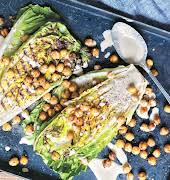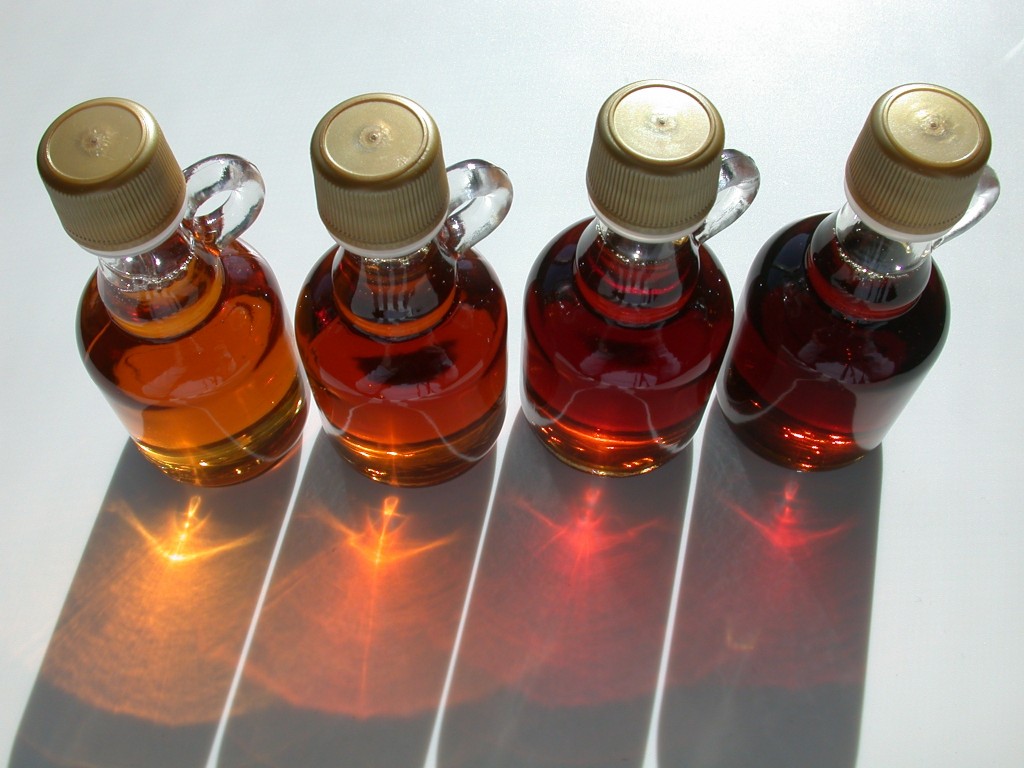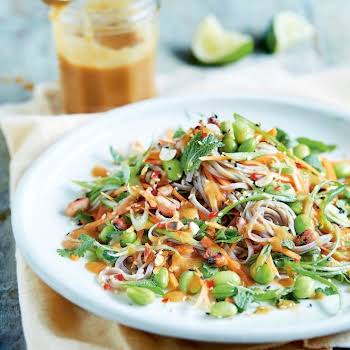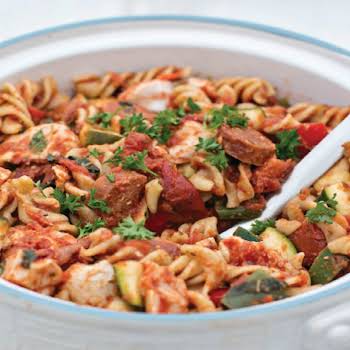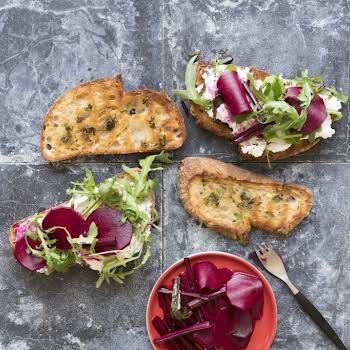
By IMAGE
02nd Dec 2015
02nd Dec 2015
We are all biochemically individual when it comes to nutrition, although all of us have the same basic requirements when it comes to eating in a way that promotes good health. Ideally, we should have three meals a day with two snacks in between to keep us going throughout the day. For anyone looking to make healthy, nutritious lifestyle change, free of refined processed foods, there are a few basic ingredients worth having to hand at all times, providing complex carbohydrates, essential fats, protein and dietary fibre, vitamins and minerals – and let’s not forget flavour, with adequate water for hydration. These pantry essentials make optimum nutrition easy and interesting, from beans and whole grains to oils and sugar substitutes.
Protein
Beans and tofu are two lean, cholesterol-free options for protein, and they’re incredibly versatile. Canned beans are convenient, but dried beans are cheaper. They simply need to be soaked overnight before cooking. Firm tofu can be marinated and tossed into just about any dish.?If there’s one nutrient we tend to focus on when it comes to healthy diets, it’s protein. The secret is to incorporate a good variety of vegetables and high-quality, ethically farmed fish, eggs and animal sources of protein into your diet and divide them into small, frequent meals. The protein content of each food type varies, although the key is to keep it balanced and as healthy as possible. Eating fresh, organic and unprocessed foods will help deliver good nutrients to your body. It’s easy to get plenty of protein from various meat or fish sources.
Wholegrains
The difference between whole grains and refined grains goes beyond increased fibre and nutrients. Whole grains are packed with flavour, which makes tastier dishes and bakes. Brown rice, quinoa, amaranth, bulghur, spelt, oats, millet, barley and wild rice are a few examples of whole grains that you can incorporate into your diet.

Milk alternatives
Stock your fridge with varieties of milk alternatives, each of which has its own particular flavour and texture. Coconut milk and soya milk tend to be richer and heavier, ideal for sauce making to accompany Asian dishes. Rice milk and almond milk have a natural sweetness, and heart-healthy almond milk is appropriately nutty. Soya milk is the highest in protein, and coconut milk has lots of omega fatty acids. Avoid the flavoured varieties to cut unnecessary sugar and calories. You can easily make your own almond milk with nothing more than raw almonds, water and a blender.

Oils
No kitchen is complete without extra-virgin olive oil and vinegar. Beyond these two absolute basics is a wide variety of vinegars and oils with all kinds of different uses and characteristics. Vinegars include balsamic, red wine, white wine, apple cider and rice. Coconut and rapeseed oils are great for high-heat cooking and baking, sesame oil has lots of flavour for stir-fries and salads, and flaxseed oil is luxurious on hot porridge. Try oils and vinegars infused with herbs, garlic, chillies and even fruit, too.
Essential fats/Butters
Essential fats are important to help you feel fuller for longer and they help aid the essential functions in your body. Head to your local health food store to stock up on a wide variety of nuts and seeds like almonds, cashews, walnuts, macadamia nuts, sesame seeds, flax seeds, sunflower seeds and pumpkin seeds. And when it comes to nut and seed butters, try non-palm oil unsalted peanut butter and almond varieties – also try cashew, hazelnut and tahini.
Sweet and savoury flavours
Mustard, soya sauce and miso paste add a huge punch of flavour with just a few drops to salad dressings. Bragg’s Liquid Aminos, a great vegan source of amino acids, is a popular way to add a little bit of savoury flavour to any dish. Maple syrup, date, agave or rice are popular plant sweeteners, and unsweetened fruit preserves are always handy for baking cakes and muffins.
Herbs
Most herbs, including parsley and basil, are best used fresh, but some – like bay leaves and oregano – retain lots of flavour when dried. Spices, which are usually the dried seeds, tend to stay fragrant a bit longer. Some basics include chilli powder, paprika, onion powder, garlic powder, ginger, nutmeg, cinnamon, turmeric and black pepper. Dried mushrooms are another delicious source of savoury flavour.
Tomatoes are one item that change in a positive way when canned; their flavours become richer and more concentrated, making them ideal for sauces.

Carbs
The main nutrient that fuels your body is carbohydrates. The more ?whole? or complex the carbohydrate-like, starchy vegetables such as sweet potatoes, peas, beans, legumes and corn, the longer the fuel will last. While most fresh fruits and veggies need to be refrigerated, some are ideal for pantry storage. The dark, cool and dry environment of a pantry (or a shelf out of direct sunlight) can help preserve onions, garlic, potatoes, sweet potatoes and butternut squash. For best flavour and texture, tomatoes should also be stored at room temperature until ripe.
Ollie’s favourite wholefood pantry essentials
- Almond butter: A store cupboard necessity that’s delicious, versatile and full of minerals – an all-rounder ingredient.
- Apple cider vinegar: An alkalising vinegar made from apple cider that’s good for digestion.
- Buckwheat flour: A gluten-free flour that makes perfect pancakes.
- Cacao powder: Cacao (raw cocoa powder) is full of antioxidants and fibre. I use it a lot in healthy treats.
- Chia seeds: Small, dark seeds that are high in fatty acids essential for brain health
- Cinnamon: Cinnamon is one of my favourite spices, as it regulates blood-sugar levels, giving energy over longer periods of time.
- Coconut aminos: A soya-free, coconut flavoured protein sauce that’s perfect for dressings. Make sure to choose a gluten-free brand.
- Date syrup: A dark, intense, fruity syrup and plant sweetener that’s ideal for healthy snacks.
- Edamame beans: These tasty young soya beans are mostly sold frozen. They’re low calorie, have no cholesterol and are full of protein and minerals.
- Grapeseed oil: A reasonably priced oil that’s ideal to use for high-temperature cooking.
- Himalayan fine rock salt: My no. 1 store cupboard essential. You’ll see it everywhere in this cookbook. This pink salt is the purest salt around and contains eighty-eight known trace elements.
- Honey: I prefer to use local honey, as the antibacterial level is higher. The closer it’s made to you, the better.
- Liquid aminos: A soya protein sauce that’s ideal for savoury dishes and dressings. Make sure to choose a gluten-free brand.
- Maple syrup: A caramel-like plant sweetener that’s perfect for baking.
- Natural coconut yoghurt: Use instead of creamed coconut or coconut milk for creamy sauces without most of the fat.
- Nutritional yeast: Non-dairy, cheesy-flavoured yeast flakes that are ideal for pesto and sauces.
- Olive oil: Find your perfect olive oil, be it extra virgin, organic or local. Small producers rule. Olive oil is best kept for low-to-medium-temperature cooking, or for salad dressings.
- Organic canned tomatoes: Organic canned tomatoes taste better and give more flavour to dishes.
- Organic chickpeas: Organic chickpeas are usually bigger, plumper and rounder than non-organic ones.
- Organic coconut oil: This is one of my favourite oils to use, especially for high-temperature cooking.
- Organic eggs: I prefer cooking with organic eggs for quality purposes.
- Organic oat milk: This makes food creamier and can be better for digestion than cow’s milk.
- Organic rapeseed oil: A locally produced oil that’s perfect for high-temperature frying.
- Rice wine vinegar: Make sure you buy rice wine vinegar instead of rice vinegar.
- Sesame oil: A cooking oil derived from sesame seeds – ideal for wok frying.
- Shoyu sauce: An intense, full-bodied, flavoursome soya sauce. Note: this contains gluten.
- Spelt flour: A flour that’s similar to wheat but has fewer calories, more plant protein and is easier to digest. It’s fantastic to bake or cook with and is readily available.
- Sumac: A tangy, lemony spice used instead of lemon juice or to season spicy dishes. It’s especially yummy in homemade hummus.
- Tahini: A creamy sesame seed paste. Use light tahini for hummus and dark tahini for dressings.
- Tamari sauce: A soya sauce that’s savoury to the max. Make sure to choose a gluten-free brand.
- Unsalted butter: Contains no salt and is good for baking or frying at high temperatures, as it is a solid fat (or non-hydrogenated) and has a higher smoke point than salted butter.
- Unsalted stock bouillon cubes: Easy-to-use, salt-free and yeast-free cubes for making stock. Make sure to choose a gluten-free brand like Kallo or Marigold.
- Unsweetened almond milk: Another favourite milk alternative that’s full of minerals.
- White wine vinegar: A tangy vinegar made from good-quality white wine for dressings.
Words by wholefood chef & nutritionist Oliver McCabe @fuelfoodoliver, author of The Fuelfood Cookbook out early Jan 2016. Christmas gift book vouchers are available at Select Stores Dalkey. Pre-orders available dubraybooks.ie or Amazon.co.uk.










